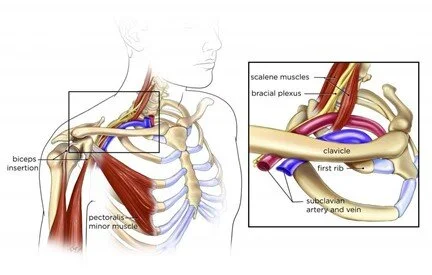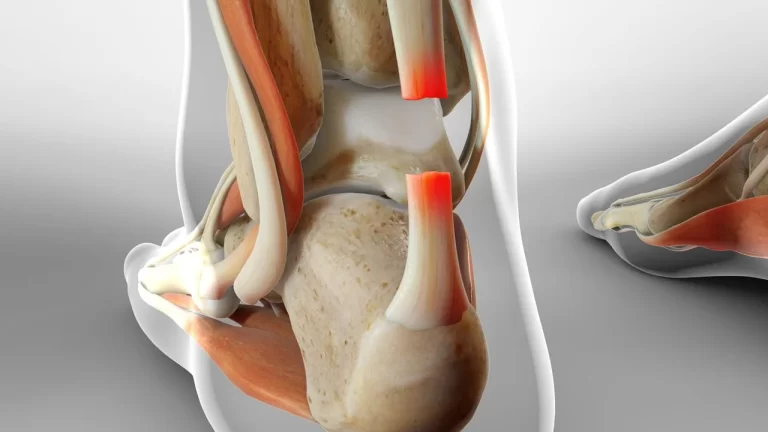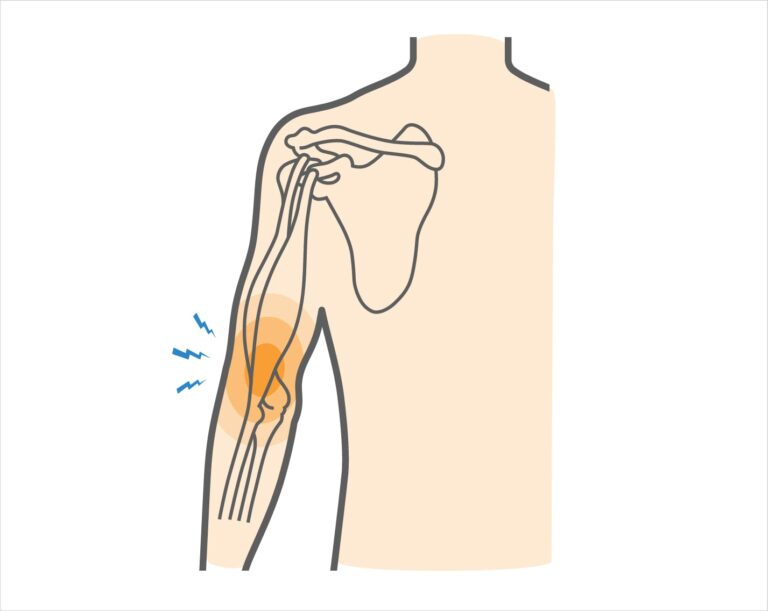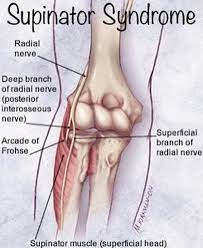Posterior Impingement of the Elbow
What is the Posterior Impingement of the Elbow? Posterior impingement of the elbow is a relatively uncommon but significant condition that affects the joint’s posterior structures, leading to pain and a restricted range of motion. It primarily occurs in athletes engaged in repetitive throwing or overhead activities, such as baseball players, tennis players, and gymnasts….










